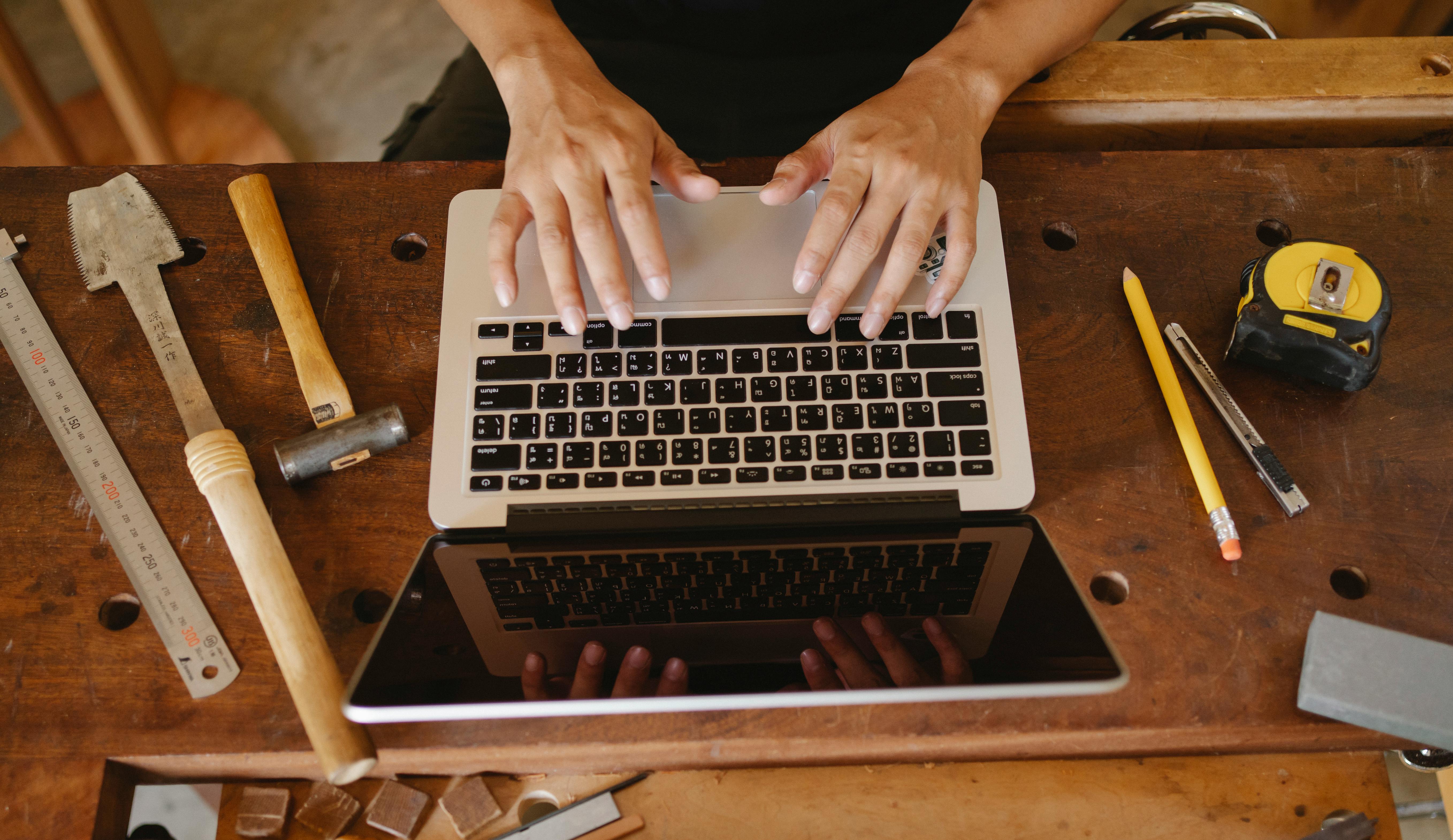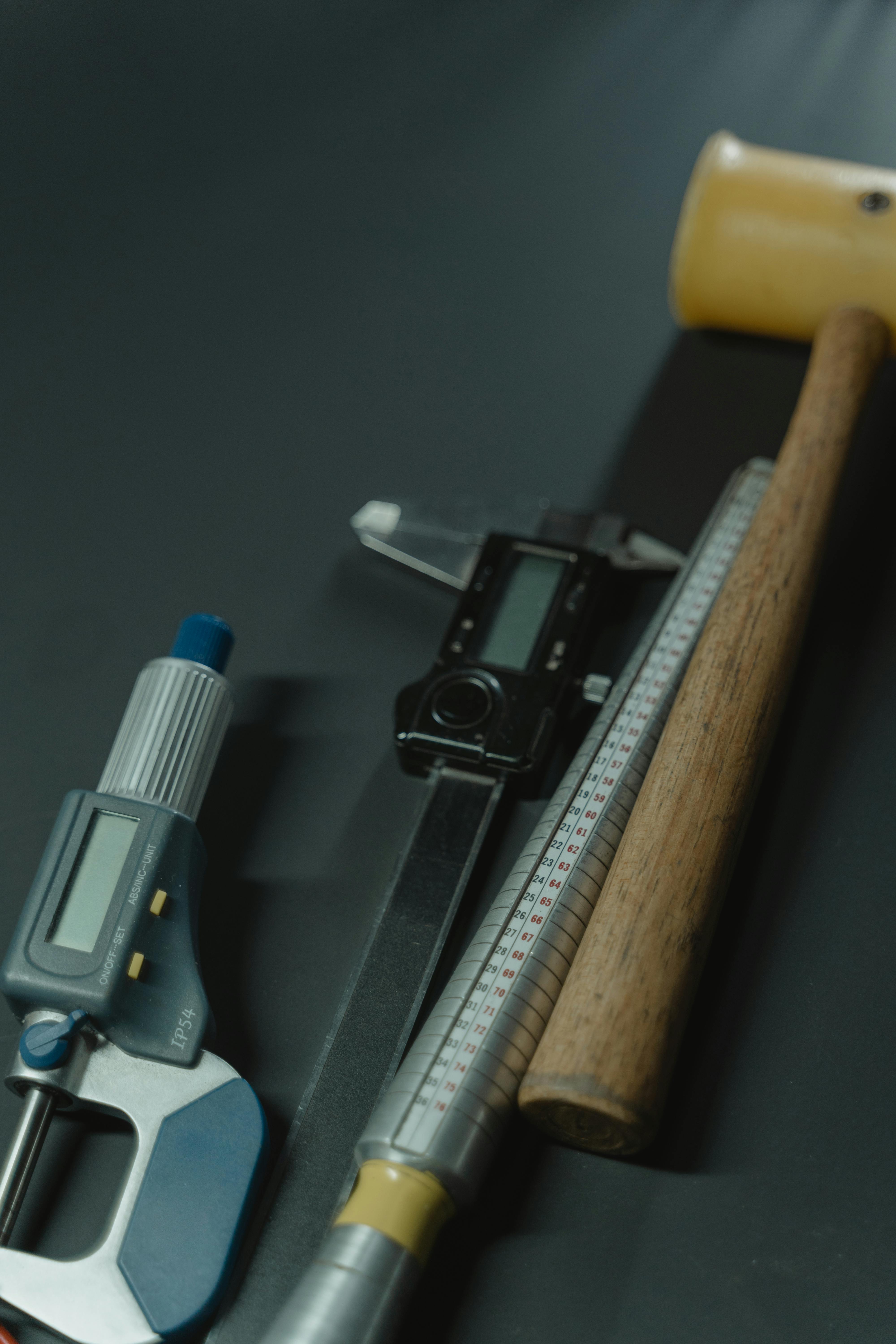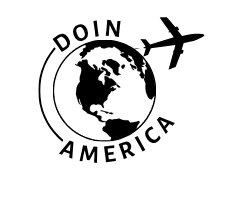Paraguay’s Simple Small Business Wellness Plan With Digital Tools
Let’s get something clear from the start: workplace wellness isn’t some corporate luxury. In Paraguay—where most businesses are small, family-run, and tightly knit—the wellbeing of your team is literally tied to survival. Yet, when I first started talking about “workplace wellness” with local shop owners and growing startups in Asunción, most would give me that look: “We barely have time to invoice and chase suppliers. Wellness? Seriously?” That’s exactly why this guide matters. Because, even with tight budgets and little time, simple digital tools can make workplace health easy, practical, and—believe it or not—effective enough to notice, fast.
There’s something quietly revolutionary happening in Paraguay’s smaller cities and barrios. More business owners are discovering that wellness doesn’t have to be expensive. Little tweaks can cut absenteeism, boost mood, and even make staff *want* to stay—in a country where employee turnover is, honestly, a chronic headache. Digital tools can make it simple. This isn’t just theory: I’ve watched a two-person bakery halve sick days in five months using free WhatsApp check-ins and Google Forms. You’ll find learning moments like these throughout this post, along with mistakes (yes, mine too) and clarifications—because nobody gets this right the first time.
Why Wellness Matters to Small Business in Paraguay
It’s tempting to dismiss workplace wellness as a “big company” obsession. Here’s what I should make clear: in Paraguay, 92% of businesses employ fewer than 10 people1. That means every lost day, each burned-out employee, every sick child that keeps a worker at home, has a ripple effect—not just on output, but on family welfare, too. What strikes me is that, for Paraguayan founders, company and community are inextricably linked. To ignore wellbeing is to risk *everything.*
I used to think “wellness” was about yoga mats and fruit baskets. But after a decade consulting for SMEs here, it’s obvious: workplace wellness is how you attract, keep, and motivate your best people—even if your “team” is just three cousins and a neighbor who helps with shipping. Plus, the science stacks up. A 2023 Latin America study showed small firms with digital wellness practices saw 22% higher productivity و 17% lower turnover2. It doesn’t take much—really, truly.
هل تعلم؟
Paraguay has one of South America’s youngest working populations, with over 60% under 35. Younger teams are twice as likely to use digital tools and express workplace wellness expectations in staff surveys, even at microbusinesses3. Ignore digital, and you lose new talent—fast.
Biggest Barriers: The Reality Check
Okay, let’s be absolutely blunt. Most SME owners here are juggling sales, compliance paperwork, and family support all at once. From my own bumpy beginnings coaching rural retailers, I learned that any “wellness” pitch better clear three hurdles:
- Time Scarcity: Who’s got spare hours for wellness plans when invoicing, scheduling, or managing cash flow is never done?
- Cultural Gaps: For many, talking mental health or stress remains taboo—or at least uncomfortably new. I can’t tell you how often a staff member will dodge the “wellbeing” question, then quietly confess stress after hours.
- Digital Hesitancy: Despite smartphone penetration above 85%, many business owners use tech mostly for WhatsApp and online banking, fearing “complicated apps” will just make things worse4.
Truth is, the mistake I see most: overcomplicating solutions. The fix? Start tiny. Outsource what you can to the right (dead simple) digital tool, and make wellness happen without endless meetings, paperwork, or disruption. More on that soon.
Digital: Easy First Steps
I remember when “digital wellness” sounded like a Silicon Valley fantasy here in Asunción. Actually, the key is finding tools that require *no IT department*. If you’ve ever set up a WhatsApp group or hit “reply all” on Gmail, you’re ready. The goal isn’t replacing human connection but using tech to make healthy work habits repeatable. Here’s what I’ve learned after botched rollouts and a few pleasant surprises:
- WhatsApp Groups for Check-Ins: Morning “How’s everyone?” messages (kept light and optional) help staff speak up about small issues before they become absences. I’ve seen bakery owners spot burnout by day two, and take action early.
- Google Forms or Docs for Anonymous Feedback: Employee input on stress points or small process tweaks often gets ignored in the rush. Free digital forms can collect ideas quickly and let quieter voices be heard5.
- Simple Scheduling Apps: Tools like Trello, Notion, or even shared Google Calendars help distribute workload, avoid crunch days, and highlight when someone is stretched too thin.
الرؤية الرئيسية
You don’t need an expensive “wellness platform.” It’s the consistency—using tools regularly, building habits—that yields results. The more you normalize quick daily check-ins or feedback, the faster wellness just becomes part of “how we work”.
Building Your Simple Blueprint
So what does a small business “wellness plan” look like in Paraguay—no buzzwords, just practical steps? My template is stunningly simple. Here’s the real process I’ve refined with dozens of SMEs—as a coach, but also by making real mistakes implementing this myself:
- Define One Measurable Wellness Goal: Could be “reduce sick days by 20%” or “get 100% of staff giving feedback every month.”
- Choose One Digital Tool Per Goal: Only as complex as your team will reliably use—nothing more. For new tech, start with WhatsApp or Google Forms.
- Assign One Person as “Champion”: Not all wellbeing has to come from the owner. A trusted employee coordinating reminders can double your odds of this sticking.
- Check Results in 2-3 Weeks: Don’t wait for perfection—adjust by talking to staff, not just watching spreadsheets. Those casual side conversations matter most.
Pro Tip from the Trenches
Don’t launch with fanfare. Sneak in the new routine, excuse the awkwardness, and normalize participation. Celebrate feedback and improvement, not perfect attendance.
One client—a small electronics distributor in Encarnación—once tried rolling out a formal wellness program with posters, daily surveys, and rigid rules. Frankly, staff rebelled; participation plummeted in a week. When they switched to weekly WhatsApp check-ins and casual team breakfasts, morale and attendance rebounded within a month. Sometimes, simple wins.
Featured Digital Tools (for Every Budget)
Here’s how I break down tool recommendations, based on actual SME adoption and my own experiments (including a few dead-ends):
| أداة | Core Use | الأفضل لـ | Typical Cost |
|---|---|---|---|
| واتساب | Group check-ins & wellness reminders | Every team, any size | حر |
| Google Forms/Docs | Anonymous feedback, surveys | Teams needing anonymity | حر |
| Trello/Notion | Scheduling, workload tracking | Teams >3 people | Free/$5-10/mo |
| Slack | Integrated channels for wellness & work | Tech-savvy teams | Free/$8-12/mo |
| BuenaSaludPY | Local wellness advice, SMS check-ins, health resources | Any SME, especially rural | Often subsidized/free |
What struck me most is that the *simplest* solutions are often all you need. No need to chase “app overload”—one WhatsApp group, well-used, can outperform fancier paid platforms. But if your team embraces something new, great—just don’t make that the bottleneck.
“You rarely need a complicated platform. The businesses that thrive build wellness into daily life—with technology that’s already familiar.”

Mini-Case Studies: How Real SMEs in Paraguay Do It
This is where theory meets reality. I can’t overstate how rewarding—and yes, occasionally frustrating—it’s been watching small businesses experiment with wellness programs based on digital habits. Here are three that stand out, plus some surprising lessons learned:
Case Study 1: The WhatsApp Check-In Café
El Patio Café in Asunción, five staff. Owner Lucía set up a daily WhatsApp “just checking in” group—not to police, but to invite team members to mention if they felt sick, overworked, anxious, or just had a tough day. (Initially, most were shy. But within three weeks, honest sharing—in emojis or voice notes—became the norm.) When someone posted they felt burned out after a 12-hour shift, others volunteered to swap days. Sick days fell by 40% in two months, and two staffers who considered quitting stayed on. Lucía told me she’d never realized “digital” just meant making teams feel heard.
Case Study 2: Anonymous Feedback with Google Forms
One small electronics distributor (formerly plagued by high turnover and absenteeism) gave employees a monthly anonymous Google Form asking a single question: “What’s one thing we could change to improve your workday?” The result? Practical, implementable tips: swap Friday deliveries for Monday, add shade in the loading dock, give a 30-minute wellness break after weekly inventory, and yes, more filtered water. Over a six-month trial, employee satisfaction scores doubled. Best part: all feedback was reviewed openly in shared meetings—and the owner even rewarded two suggestions with surprise bonuses. Real, inexpensive, and easy to manage, even for non-techies.
Case Study 3: Rural Solution via SMS (BuenaSaludPY)
In a rural parts depot with spotty internet, managers partnered with BuenaSaludPY—a grassroots digital health project offering weekly wellness tips via SMS and monthly reminders for check-ins. The system doesn’t require smartphones, which is key outside Asunción and Ciudad del Este. Over nine months, employees reported more open conversations about chronic pain and fewer “silent” health issues going unmentioned. It’s so much simpler than trying to introduce fancy platforms where connectivity is unreliable.
الدرس المستفاد
Every business’s path is unique. But each of these cases unlocked honest communication, stress reduction, and improved attendance—with nothing more than a phone and openness to experiment. If you hit resistance, pivot. If participation drops, ask for opinions. Don’t take it personally; use feedback to adapt.
“We tried software, but WhatsApp worked best—everyone knew how to use it, and nobody felt lost.”
Action Checklist + Tips
- Pick the smallest possible goal (reduce absences 10%, increase daily check-ins, etc.).
- Use the most familiar digital tool first. WhatsApp is more often all you need.
- Designate a champion. Remember: owner or employee—whoever has the trust to nudge peers.
- Be transparent. Explain “why” and “how” to the team—don’t just impose new routines.
- Review after three weeks. Look for actual improvements (attendance, feedback volume, mood).
- Celebrate quick wins. Acknowledge participation, reward ideas, and publicize easy successes.
- Tweak and adapt with input. There’s no fixed formula—find what fits your group dynamic.
حقيقة: According to the Paraguayan Ministry of Labor, companies that introduced any kind of digital wellness communication—from SMS reminders to shared calendars—saw employee engagement scores improve by at least 15% after just four months (2022 report)6.
These are pragmatic—maybe even obvious—steps, but I’ll be honest: most businesses never get past #2. Why? Because it feels like one more thing to manage. Here’s my honest advice: assign it, don’t own it alone, and don’t strive for perfect. Consistency wins every time.
“Wellness is a journey, not a checkbox. With every digital step, you build a new workplace habit. And those habits last.”
Conclusion: Why Simplicity Wins (and Where to Go Next)
Stepping back, let’s be absolutely honest: workplace wellness, especially in Paraguay’s small businesses, usually starts with skepticism. Employee wellbeing feels like a “nice to have”—until you’ve tried it, and something clicks. Sometimes it’s that subtle energy shift when a team feels acknowledged, or the quiet moment when an employee actually wants to share a struggle. Digital tools don’t solve human issues, but they do make positive routines sustainable, visible, and—most crucially—scalable, even if your business only has three employees.
Over my years working with SMEs here and abroad, I’ve watched dozens of strategies come and go. The programs that stick? They’re always the ones that start small, use tools everyone already understands, and adapt along the way—mistakes and all. If there’s a core lesson here, it’s to resist “perfection paralysis.” Experiment. Celebrate progress, not just results. And remember: your team’s wellbeing is your business advantage—one tap, one message, one honest check-in at a time.
هل أنت مستعد للبدء؟
Start today: set up a WhatsApp group, send out a single check-in, try an anonymous Google Form. No need for complex training. Your future workplace is healthier with every step. As always, progress beats perfection—especially in Paraguay’s dynamic business world.
مراجع



